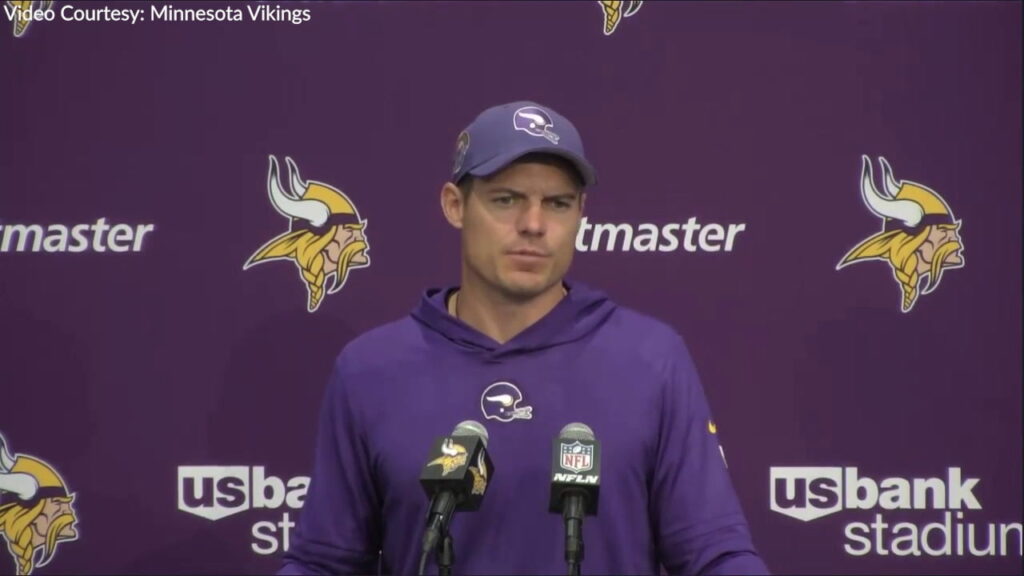The deal to construct a new Vikings stadium in downtown Minneapolis was years in the making, and in May 2012, state politicians and the team finally hammered out a financing agreement to construct the gleaming $975 million facility: The state would pay $348 million, the city $150 million and team owners Zygi, Mark and Leonard Wilf would pick up the rest of the tab: $477 million.
It was a done deal. But not really, the Star Tribune reports in a lengthy examination of how the deal came together and what could realistically still be renegotiated.
Controversy persists. Critics are still arguing that the taxpayers could have gotten better terms. Criticism of the deal has grown even louder in the last year as it became clear that the state’s key plan to pay for its share of the stadium – with tax revenue from new electronic pulltab gambling machines – was a complete flop.
Gov. Mark Dayton has recently sought to tweak the stadium agreement, just days before final papers have been signed. Specifically, Dayton last week prodded the Wilfs to put more team money into the deal, instead of passing some stadium costs to season-ticket holders in the form of seat license fees. (The Wilfs have shown no eagerness to reopen the discussion.)
But time is getting short. On Friday, the stadium authority panel that is overseeing the deal was to meet at 9 a.m. at the Metrodome to vote on key agreements – but the meeting was postponed until next week.
Rep. Bob Barrett, R-Lindstrom, has said taxpayers could cut their contribution to the stadium by more than $200 million if the Vikings could be goaded to pay more.
“It’s late,” Barrett told the Star Tribune. “But it’s not too late.”
Groundbreaking on the new stadium is expected in November, and it is scheduled to be completed in time for the 2016 season.








